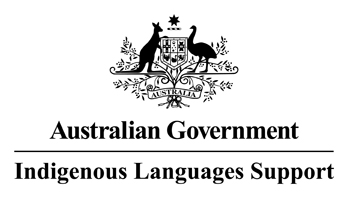This project is an initiative of:

Supported through the Australian Government's Indigenous Languages Support program and New Media
program. Copyright © Muurrbay Aboriginal Language and Culture Cooperative
Image by Sharon Smith. For more information contact Muurrbay